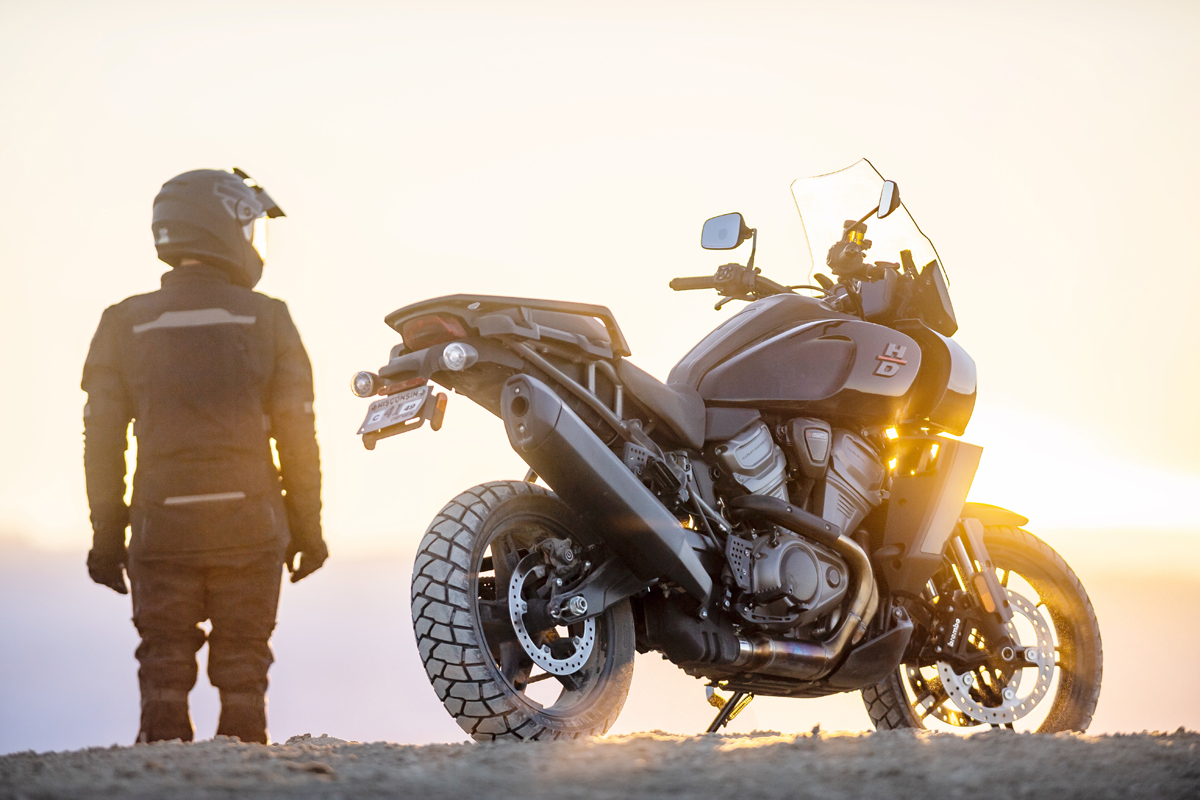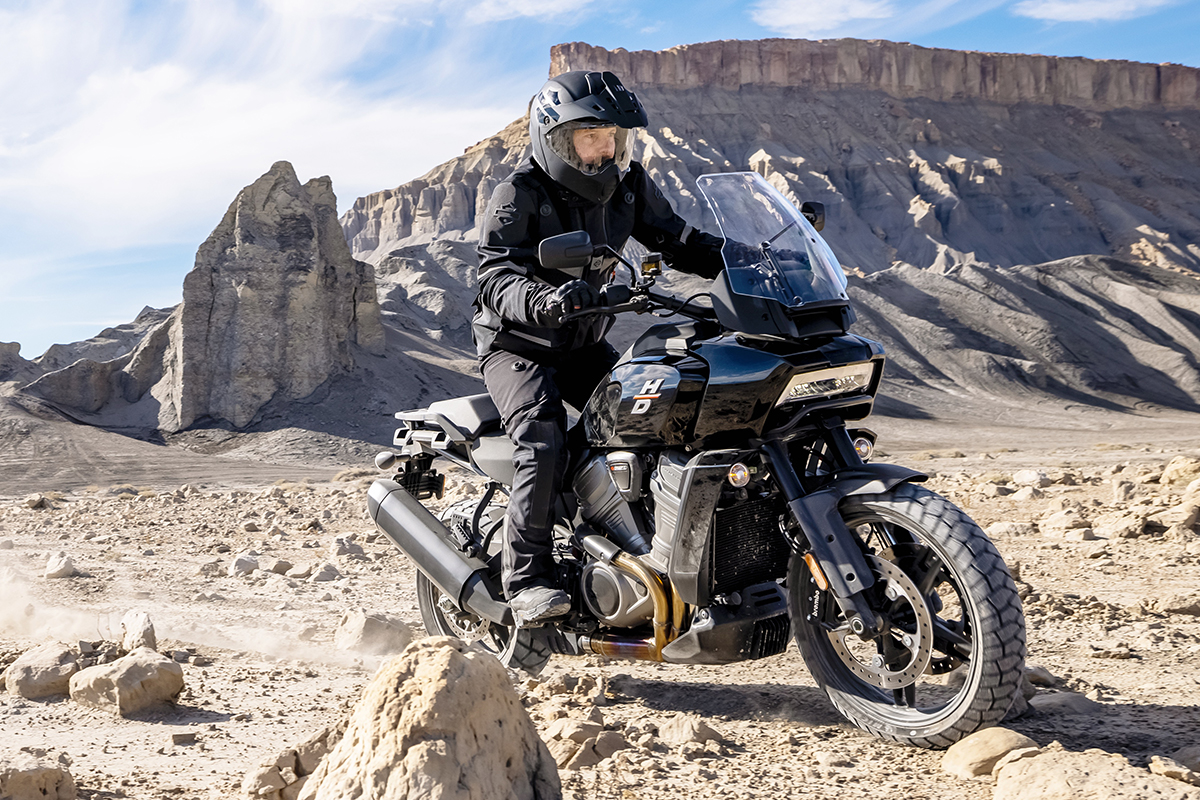
I read somewhere that we’re living in strange times when BMW create a cruiser, and Harley-Davidson create an adventure bike… but here we are. After much teasing and anticipation, the all-new Harley-Davidson Pan America 1250 and Pan America 1250 Special adventure tourers have finally broken cover, with some surprising revelations.
While the idea of a Harley dual-sport might seem foreign to some, The Motor Co. would argue that their bikes have been used for adventure riding all through the ages. They’re not entirely wrong—but this is the first time they’ve put dedicated effort into building a pukka adventure bike. And they believe in it too: their global reveal kicked off today with a short clip directed and narrated by superstar Jason Momoa, then cut to footage of their CEO, Jochen Zeitz, and head of design, Brad Richards, riding it.
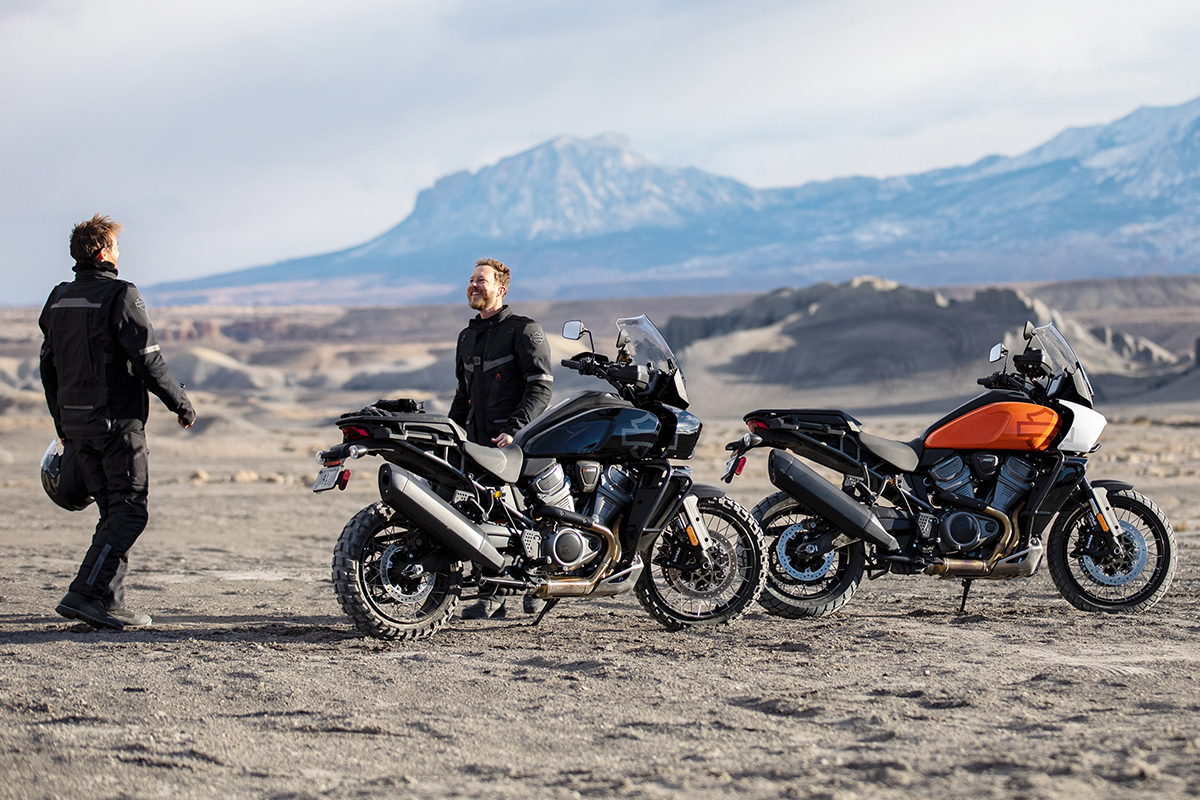
So how does it stack up? Highlights include an all-new motor and chassis, electronic ride modes and even a suspension lowering feature to aid in mounting the bike. Let’s dive in…
The news-within-the-news here is that the Pan America debuts with it an all-new motor for Harley-Davidson. Called the Revolution Max 1250, it’s a liquid-cooled 1,250 cc V-twin that claims an output of 150 hp across a broad powerband.

That number’s significant, because, until now, Harley haven’t really listed horsepower figures, preferring to focus on torque—and 150 is a ton more than a 1200 Sportster puts out. So as you’d expect, the Revolution Max hits peak torque higher than most Harleys; 94 ft. lbs. (about 127 Nm) at 9,500 rpm.
The motor’s a 60-degree V with four valves per cylinder, double overhead cams and variable valve timing. H-D have given it a 90-degree firing interval, but most notably, it has dual downdraught throttle bodies—eliminating the typical side-mounted Harley air filter in favour of a traditional air box.
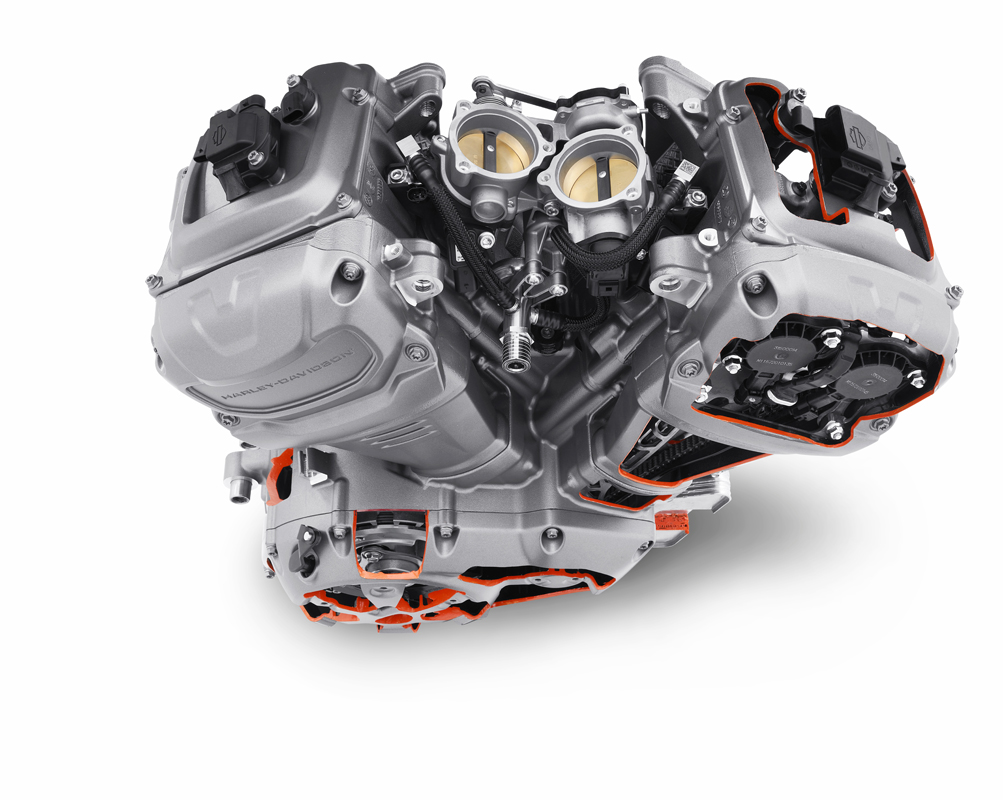
The motor’s also a stressed member of the frame, in a bid to save weight. That brings the base model Pan America 1250’s wet weight in at 242 kilos, and the Special’s wet weight at 254 kilos.
It’s worth pausing to note how that holds up against the competition. Its biggest competitor, the BMW R 1250 GS, has an output of 136 hp and 143 Nm, and weighs 249 kg. The Triumph Tiger 1200 comes in at 139 hp, 122 Nm and 246 kg (dry). So the Pan America’s in the ballpark.
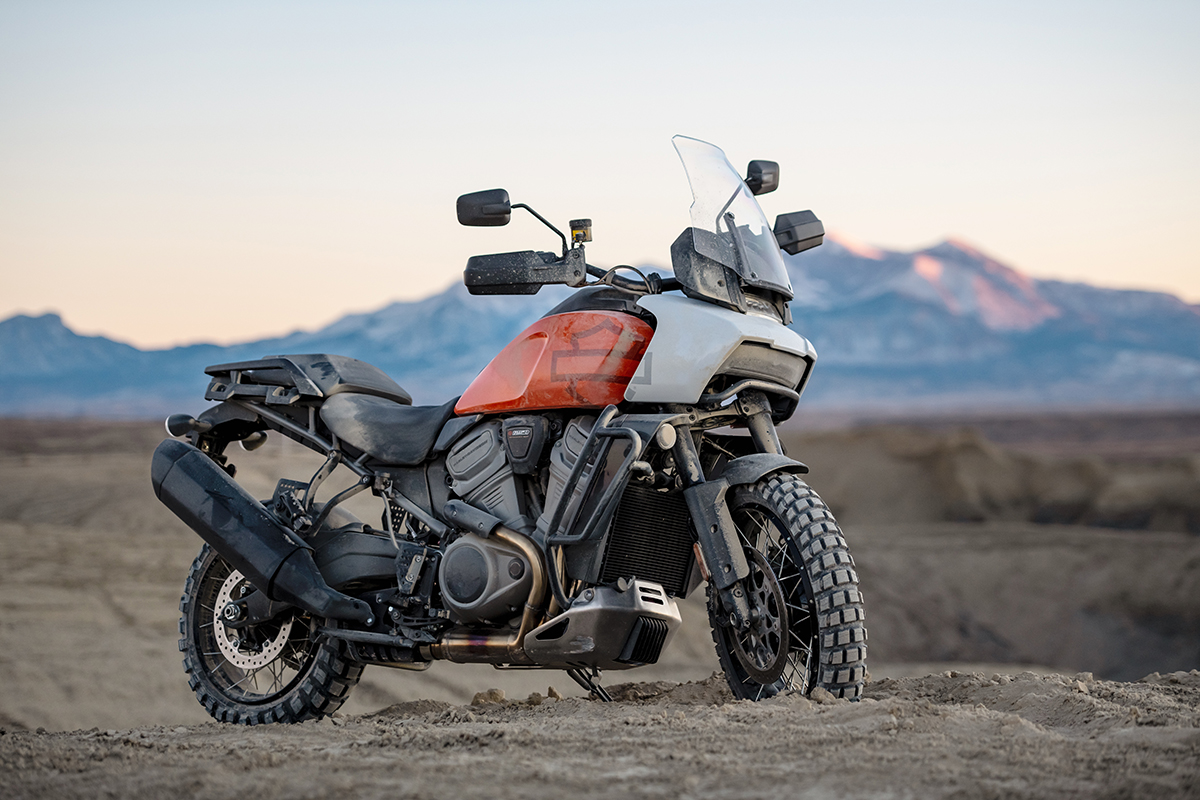
Naturally, the Pan America’s chassis is all-new too, and a big departure from anything else in the H-D’s garage currently. It’s a three-piece design, with the front frame, mid frame and tail section all bolting to the engine, reportedly to not only save weight, but add stiffness. The swingarm’s a cast aluminum affair, and the Pan America’s wheelbase measures 158 cm.
Bad news for hardcore off-road types: the Pan America ships with 19F/17R cast aluminum wheels as standard, although tubeless spoked wheels are a factory option on the Special. It ships with road-biased Michelin Scorcher Adventure tyres, but can be specced with Michelin’s Anakee Wild rubber instead.

The Pan America also comes with fully adjustable Showa suspension at both ends, with 190 mm of travel and a progressive linkage out back for maximum compliance on and off-road.
The Pan America Special ups the ante with electronically adjustable semi-active suspension, that adjusts damping based on feedback from the road (or lack thereof). And it has a load control feature too, which senses rider, passenger and luggage weight, then adjusts the rear preload for optimal suspension sag.
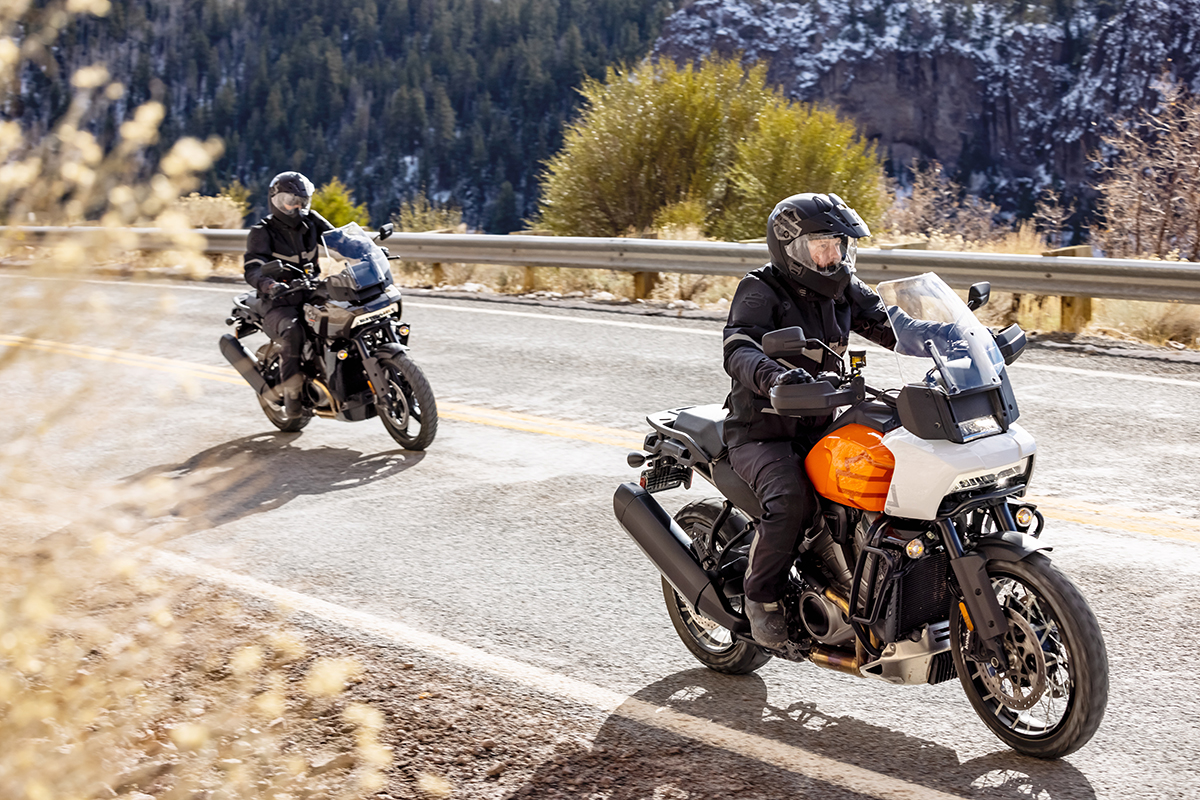
‘Adaptive Ride Height’ is a factory option which basically does exactly what its name applies: it alters the Pan America’s ride height when it’s moving and stopped, to make it easier to get on and off. It’s an adjustable system too, with various modes that dictate how and when it intervenes.
Braking is a Brembo affair all-round, with twin 320 mm discs up front and a single 280 mm disc out back, gripped by radial monoblock four-piston calipers.
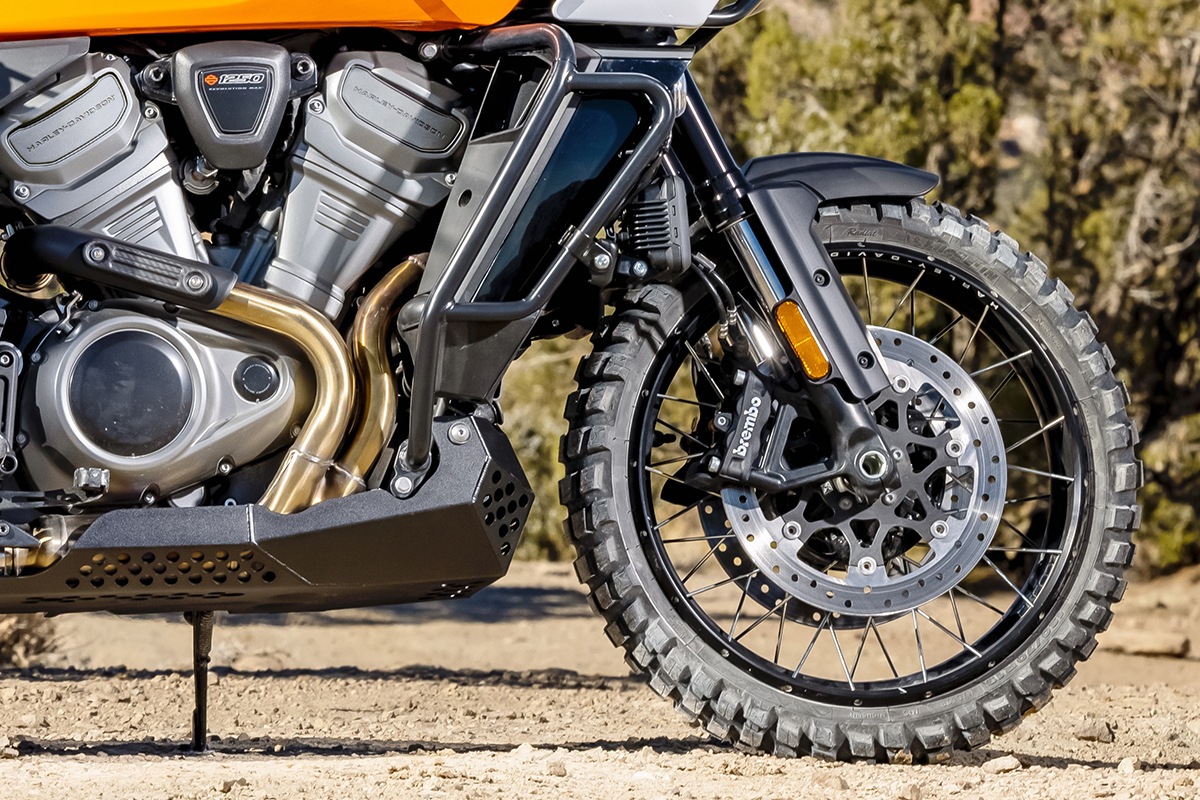
Cornering ABS comes standard, controlled by an inertial measurement unit (IMU), as has become de facto in modern, large-capacity motorcycles. Other IMU-controlled rider aids include electronically linked braking, traction control and drag-torque slip control, and there’s a hill hold feature too.
The Pan America also features a first for Harley-Davidson’s petrol-powered bikes: rider modes (the electric LiveWire has them already). The base model comes with four pre-programmed and one customisable mode, while the Special gets two additional customisable modes. Standard modes include ‘Road,’ ‘Sport,’ ‘Rain,’ ‘Off-Road’ and ‘Off-Road Plus.’ As you’d expect, they all control the interference levels of the bike’s pre-loaded rider aids. ‘Off-Road’ mode keeps ABS on, but with dirt-specific settings, while ‘Off-Road Plus’ mode disables the rear ABS completely, with minimal intervention on the front.
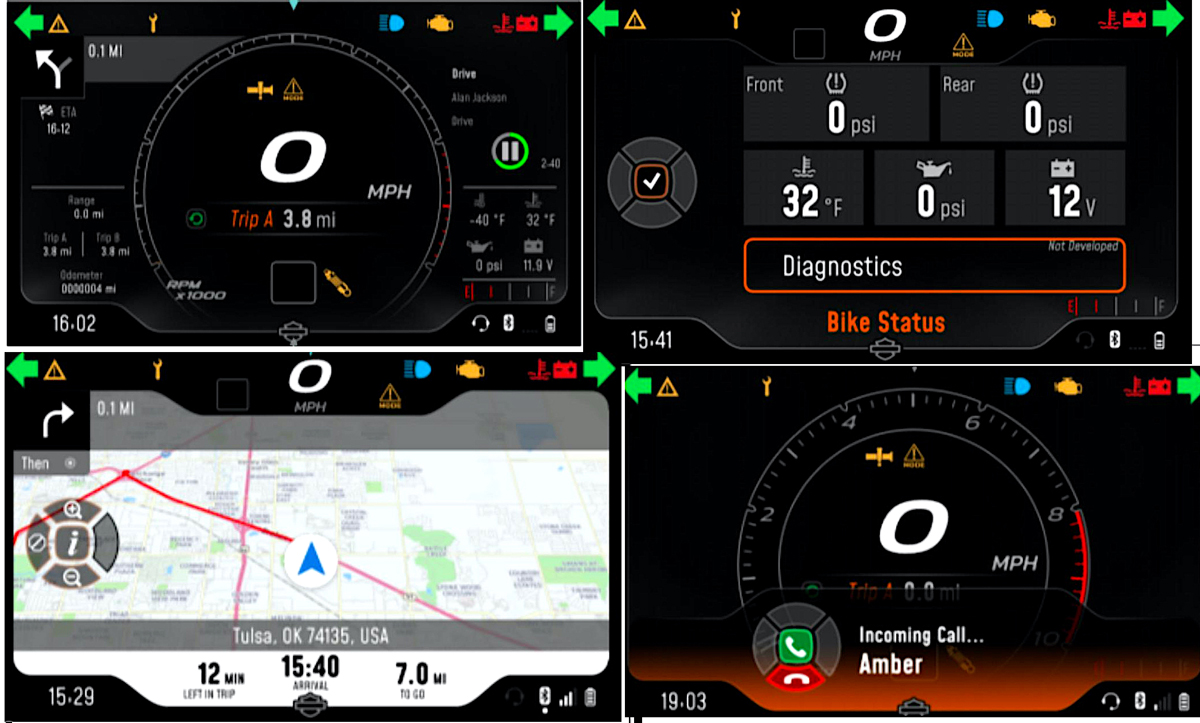
Everything’s displayed on a 6.8” TFT touchscreen display, complete with an anti-reflective glass cover to maintain clarity in varying light conditions. There’s a nifty safety feature too: the touchscreen functionality is disabled while riding, to prevent you faffing with menus instead of focussing on the road (everything you need to do while riding can be done from the switchgear). The display also has Bluetooth functionality, and can run navigation via Harley’s proprietary iOS and Android apps.
Other notable features on the Pan America include a two-position adjustable seat (868 mm and 894 mm), and a four-position adjustable screen. The fuel tank holds 21 l, all the lighting is LED-equipped, and the front indicators have even been tucked away to keep them safe if you tip over.
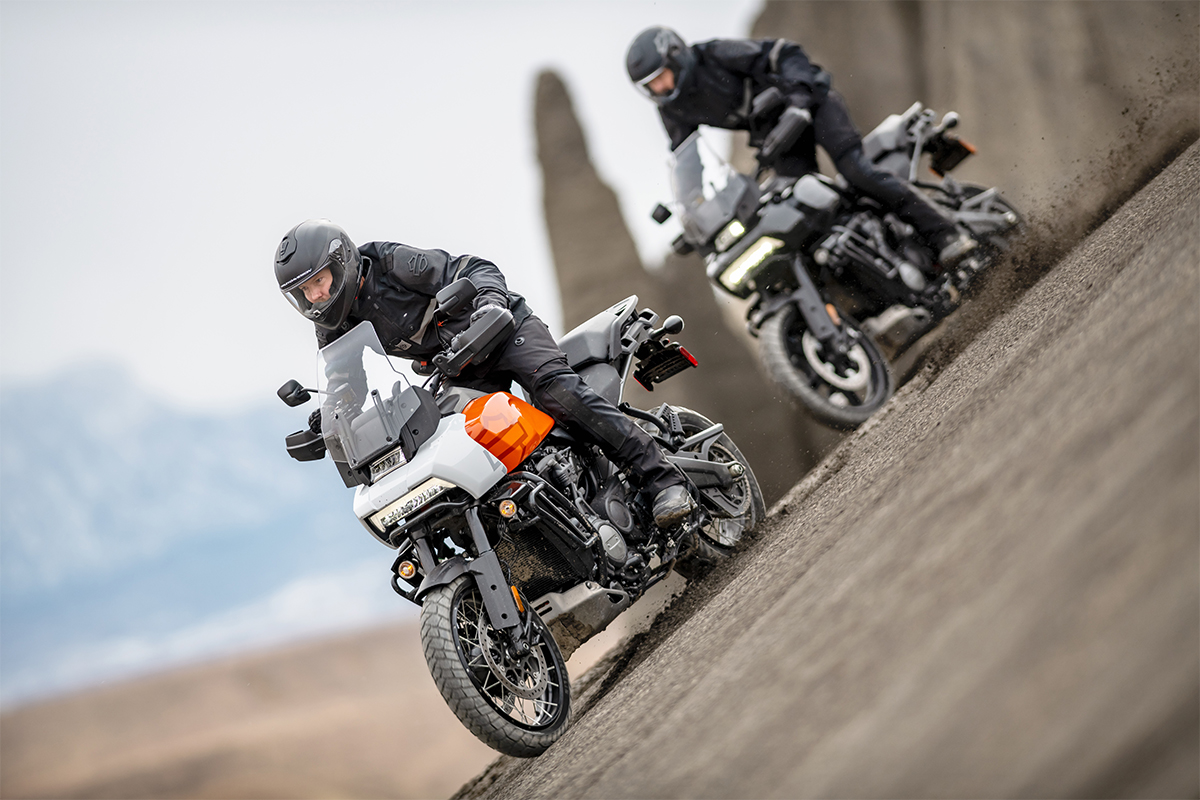
Extra features on the Pan America Special include a tyre pressure monitoring system, centre stand, adjustable brake pedal, hand guards, heated grips and a steering damper. And its LED headlight is adaptive, too.
On paper, the Pan America 1250 is a remarkably good showing for a first adventure bike from a cruiser marque. And even better, it looks bananas, and totally unlike any of its competition. Sure, the shark-nose fairing and robotic headlight won’t float everyone’s boat—but I’m into it. It conveys just enough of Harley-Davidson’s typical design language to keep it relevant to the brand, but doesn’t look like a V-twin that’s pretending to be an adventure bike.
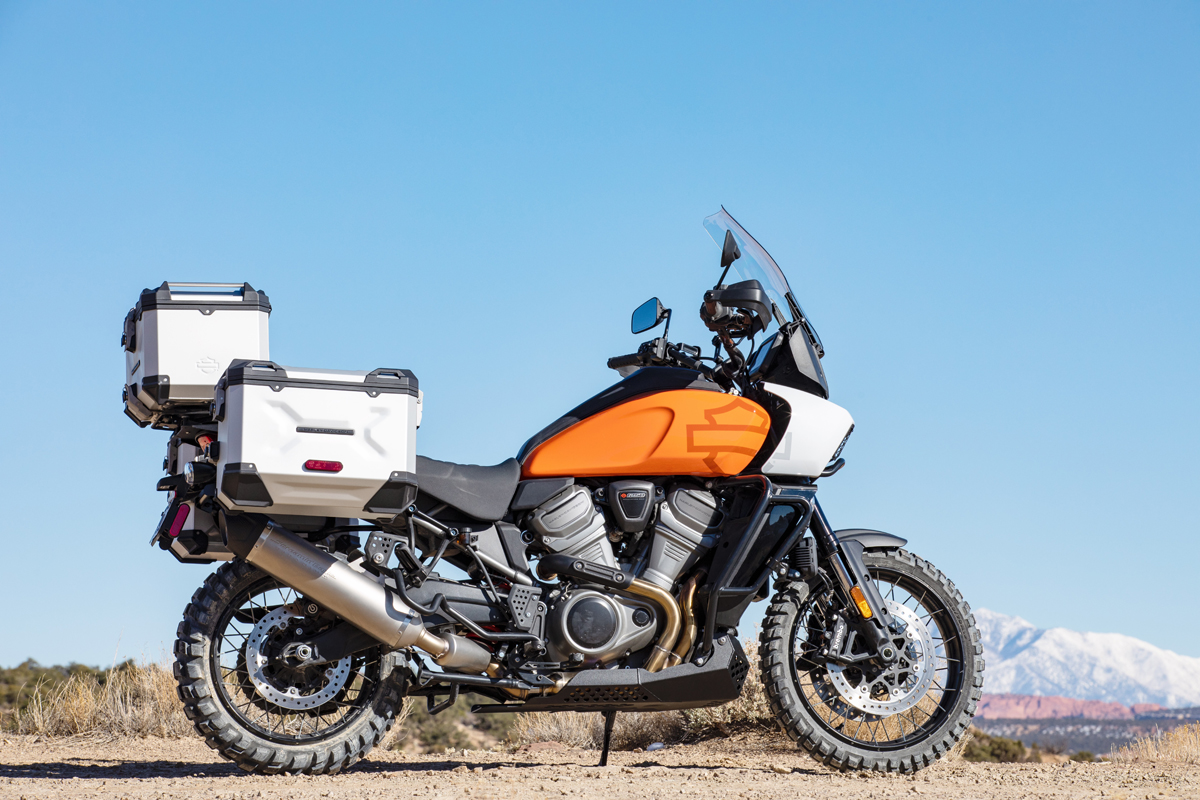
You can get the base model in black or grey, while the Special comes in black, metallic grey, a two-tone orange and white, and, in some countries, green.
Naturally, Harley-Davidson have a whole range of accessories available too, from different exhausts and seats, to protection parts and soft and hard luggage pieces (although with H-D’s full set of aluminium panniers, the passenger space looks pretty cramped). And Harley have partnered with the Dutch gear manufacturer, REV’IT!, for a full range of rider gear.
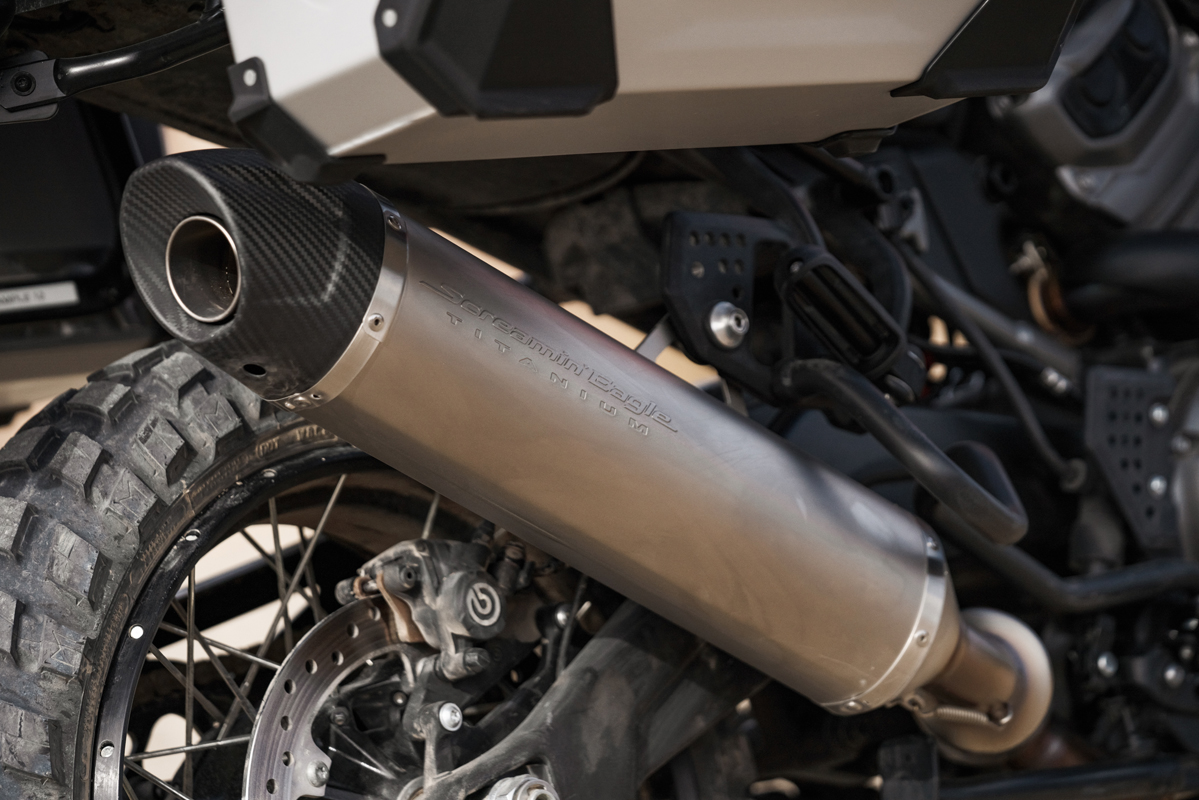
The price could be a sticking point for potential buyers though. According to Harley-Davidson’s South African web listing, the base model starts at R310,900, with the Special starting at R352,900. (We’ve yet to confirm final pricing and availability). That puts it in the same bracket as BMW’s flagship R 1250 GS and GS Adventure—but those are well-established bikes, and the Pan America is a newcomer.
That said, there’s one thing that spec sheets and photos can’t tell us: how it rides. So we’re itching to get the Pan America out onto the trails the second it gets here, to see if it goes as good as it looks—and if it’s worth the money.
